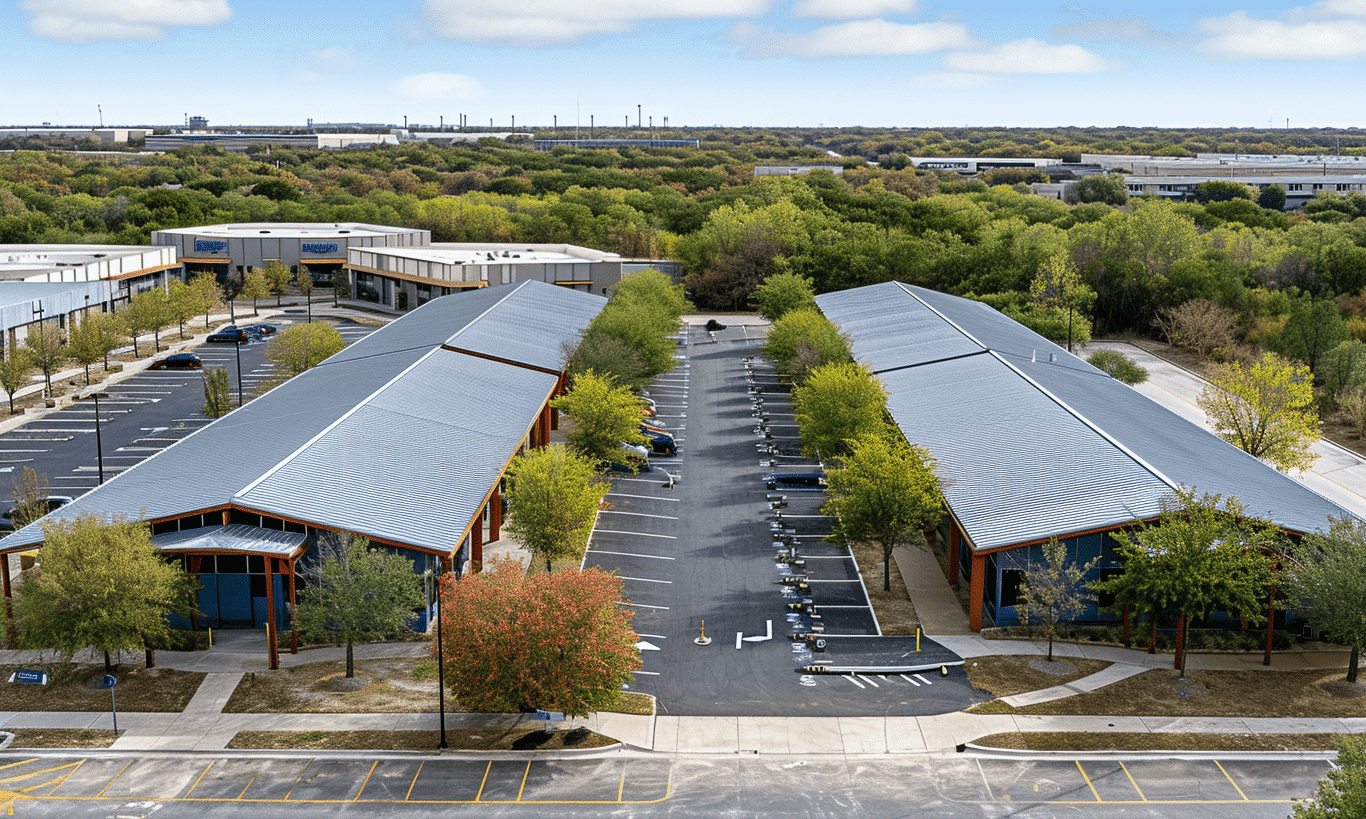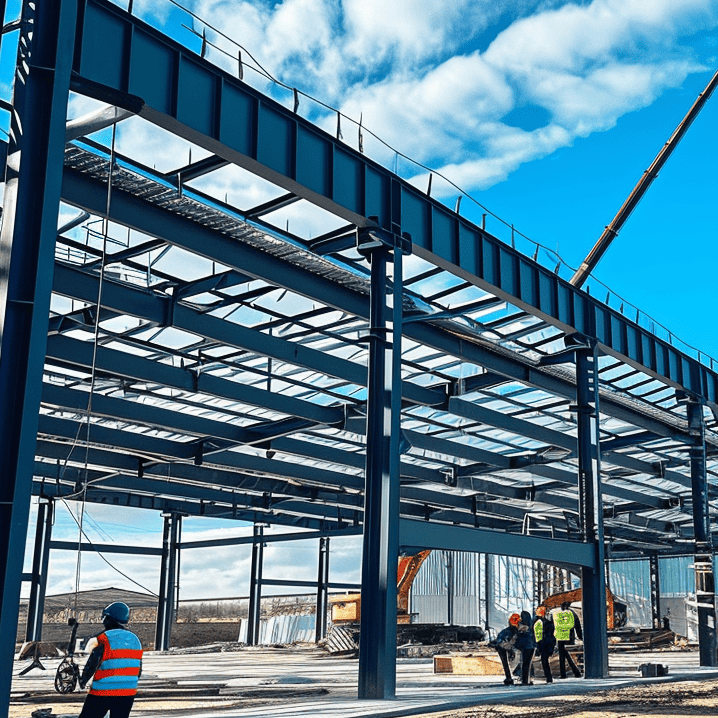Navigating the multitude of potential hazards on a construction site can sometimes feel akin to walking through a complex maze. Understanding the importance of hazard identification in construction is the compass needed to navigate safely through this maze. It’s all about anticipating the unexpected and preparing your workforce to spot those lurking dangers before they manifest into incidents. Imagine your team as expert detectives, equipped with magnifying glasses, seeking out potential pitfalls that could put their safety at risk.
But where do we start this detective work in the vast and varied world of construction sites?
Understanding Hazard Identification in Construction
Before we delve into the nitty-gritty of construction safety, it’s essential to grasp what hazard identification entails. Essentially, it’s a proactive process where potential workplace hazards are identified and documented. This process reduces risks by allowing your team to implement preventive measures, ensuring a safer work environment.
So why is hazard identification in construction critical for every successful project? Because the cost of ignoring these hazards can lead to severe injuries, project delays, and financial setbacks. A construction site is not just a place of hard hats and blueprints; it’s a living organism where identifying and neutralizing threats should be paramount.
Essential Strategies for Hazard Identification
One might wonder, “How do we effectively pinpoint potential hazards on a construction site?” The journey to ensure all hazards are identified begins with understanding the landscape and nature of the environment your team operates in.
Visualization is key. Picture your construction site as a chessboard, with each piece requiring a strategic move to ensure success. But instead of knights and bishops, you have scaffolding, heavy machinery, and various building materials. Each component on this board has the potential to introduce unique hazards.
Here’s a look at some essential steps to identify hazards:
1. Conducting Thorough Construction Safety Inspections
A methodical inspection regimen is pivotal. Regular Construction safety inspections are the cornerstone of effective hazard identification. These inspections should be systematic, involving checks on equipment, site conditions, and employee practices.
2. Engaging in Collaborative Hazard Spotting
Two sets of eyes are better than one. Encourage a culture where everyone from the site manager to the newest apprentice engages in hazard identification discussions. Setting up dynamic team meetings can foster communication and ensure no one is ever left in the dark.
3. Leveraging Technology for Identifying Hazards
In today’s digital age, technology provides unseen advantages in construction safety. Drones, for example, can quickly scan large areas, while mobile apps can enable workers to report hazards instantly. These tools drum up a precise harmony between efficiency and safety.
Incorporating Safety into Construction Services
Hazard identification in construction isn’t just about preventing mishaps; it’s about integrating safety into every part of a construction project. Your blueprint isn’t just a design; it’s a safety roadmap. This proactive stance begins with how construction companies shape their Services.
When a project begins, it is essential to blend safety planning into every phase. From pre-construction to the finish line, attention must be paid to potential hazards at each juncture. Successful construction companies, like Your Building Team, embed safety into their core activities, ensuring that it’s not an afterthought but a guiding principle.
Effective Emergency Response Planning
Remember the maze analogy? Well, sometimes, despite our best efforts, we find ourselves at a dead end. This is when having a well-curated emergency response plan saves the day. Emergency response planning is a critical component of hazard management, equipping teams to effectively handle any unforeseen incidents.

Government’s Role in Site Hazard Identification
In addition to individual efforts, government guidelines, such as those provided by the Government of Canada – Construction Site Hazard Identification, are indispensable resources in guiding construction companies. Regulations ensure a benchmark for safety practices, keeping construction sites unified in their hazard identification approach.
Staying Vigilant and Proactive
To illustrate, consider your favorite sports team. While their seamless teamwork and strategy seem effortless during a match, it results from rigorous practice and constant vigilance. Similarly, maintaining high safety standards on a construction site is an ongoing effort, demanding diligence and proactive hazard identification.
Tackling Common Construction Hazards
With the foundation laid out, let’s explore some common hazards that those on construction sites regularly face and should be watchful for:
– **Falls:** Unsecured ladders and scaffolding are frequent culprits.
– **Struck-by Accidents:** Heavy machinery, if not handled or positioned properly, poses significant risks.
– **Electrocution:** Exposure to live wires is an everyday potential pitfall.
– **Caught-in/between Hazards:** Working between two large pieces of equipment can cause severe injuries.
Conclusion
Understanding hazard identification in construction is not just a regulatory necessity, but an integral part of nurturing a culture of safety and responsibility. By embracing thorough Construction safety inspections, implementing robust safety protocols, and adhering to government guidelines, construction companies can significantly reduce risks.
Safety should never be a solitary endeavor. It is a collective commitment requiring collaboration from everyone involved—from the top executives to the hands-on laborers. A vigilant and educated team leads to a successful project that not only meets its deadlines but does so without the toll of preventable incidents. So next time you gear up for a construction project, remember that the path to a successful build is paved with robust hazard identification.










